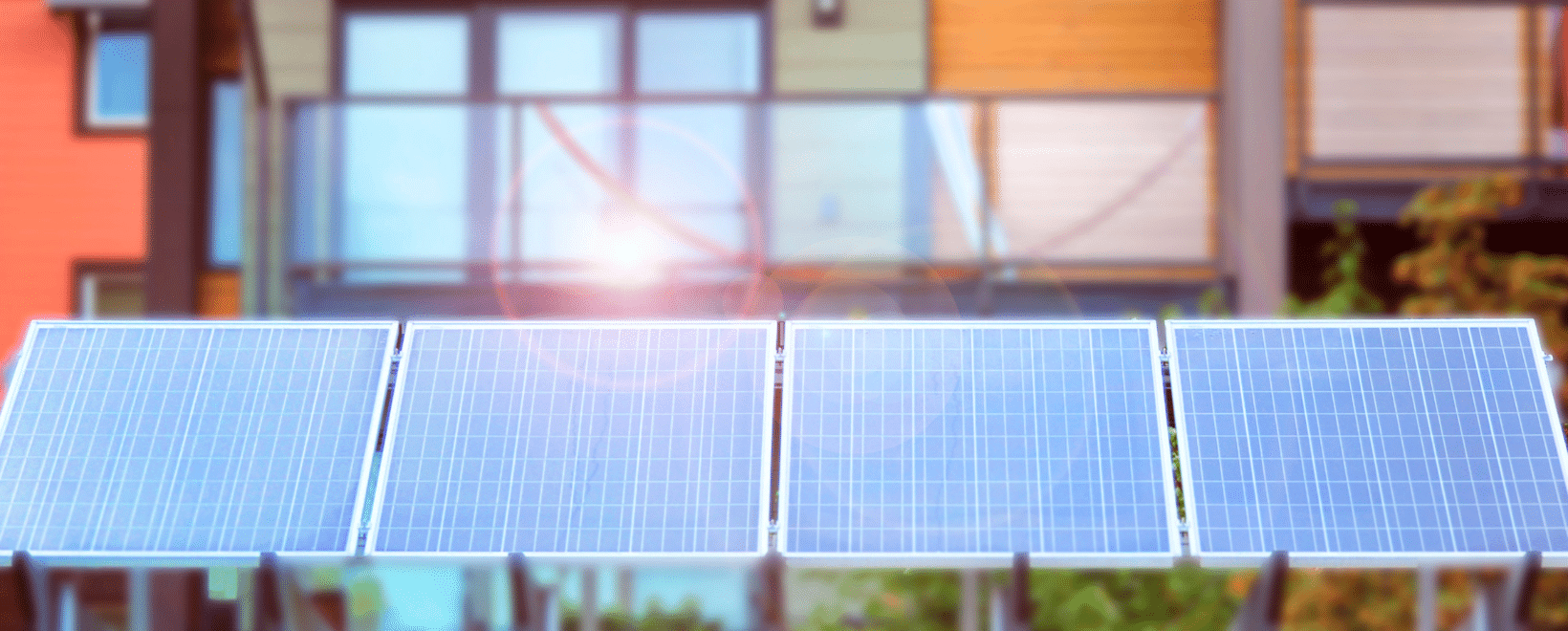1 00 mil reformas de famílias pobres de energia é um alvo viável para a implementação inicial do mecanismo de pobreza energética. Isso primeiro para melhorar a eficiência energética (e o conforto) das habitações e, em seguida, instalar bombas de calor para aquecimento e resfriamento, seguido de ressecks com instalações de armazenamento para cobrir a demanda de energia reduzida. A renovação da construção, não distribuindo subsídios energéticos, é a resposta para combater a pobreza energética. A primeira medida/etapa para a próxima. Apesar dos atrasos, no último ano ou dois, uma enorme quantidade de trabalho foi realizada para definir uma definição e critério de pobreza energética e estabelecer as fundações para um mecanismo de alívio da pobreza energética. Ao reduzir a necessidade de aquecimento em pelo menos 50-60%, as famílias pobres de energia podem ser retiradas dessa categoria, tornando-as mais pobres de energia, de acordo com a definição de entrada. (ou seja, a etapa 1 não tendo um efeito de travamento na etapa 2). Esta é uma ótima direção, apenas estar atento a que o retrofit de energia precisa ser feito primeiro.
– By reducing the energy demand in the dwelling by 50-60% with energy saving measures, the energy poor Bulgarians could leave this category!
– A Step by step approach combines in a well planned way the highest energy efficiency class of measures, not requiring huge initial investment and not allowing lock-in effect of the first measure/step to the next one.
– Combining Energy retrofit, heat pumps, RES (solar PV and solar thermal) and storage for individual use or joining an energy cooperative means joint benefits for the citizens, nature and climate.

Bulgaria is still at the top of the chart of EU countries with highest energy poverty levels. Despite the delays, in the last year or two a huge amount of work has been done for setting an energy poverty definition and criteria and laying the foundations for an Energy Poverty alleviation mechanism.
A “step by step” energy retrofit approach can allow the highest energy efficiency improvements to be made. By reducing the need for heating by at least 50-60% the energy poor households could be taken out of this category, making them not energy poor anymore, according to the incoming definition.
The Step 2 would be the installation of a heating (and cooling) unit using electricity such as an heat pump.The energy retrofit in Step 1 must be prepared and implemented in such a way that there can be a grace period before the introduction of a heat pump (i.e. Step 1 not having a locking effect on Step 2).
The following Step 3 consists in the utilization of solar energy for hot water and electricity, in combination with batteries or within energy cooperatives.
Greece just started a program for 200,000 rooftop installations with batteries being planned in line with the REPowerEU plan. This is a great direction, just being mindful that the energy retrofit needs to be done first. Bulgária precisa renovar o maior número possível de casas de cidadãos vulneráveis. se procurarmos metade desse objetivo, pelo menos 1/3 da energia pobre búlgaros poderia deixar essa categoria (vivendo em edifícios únicos e multifamiliares). NewsLetter

